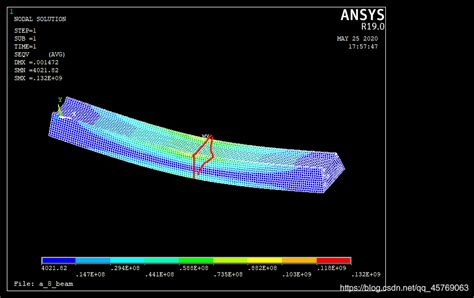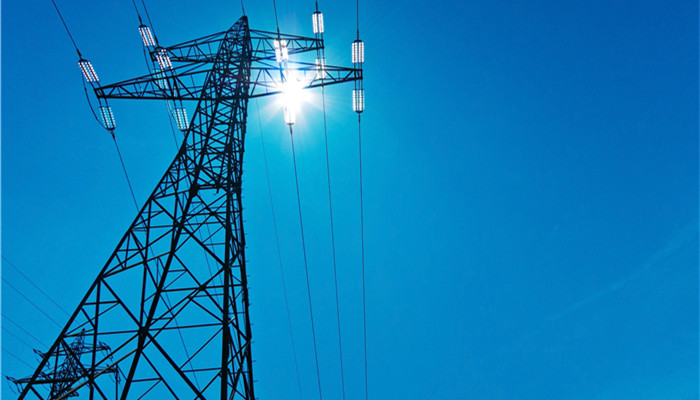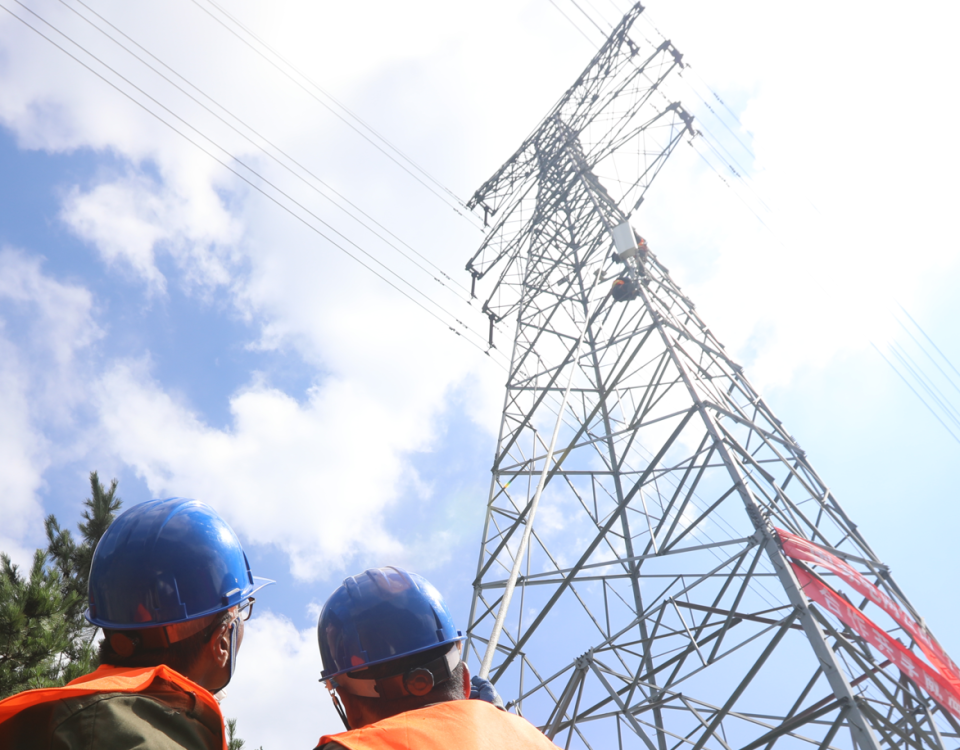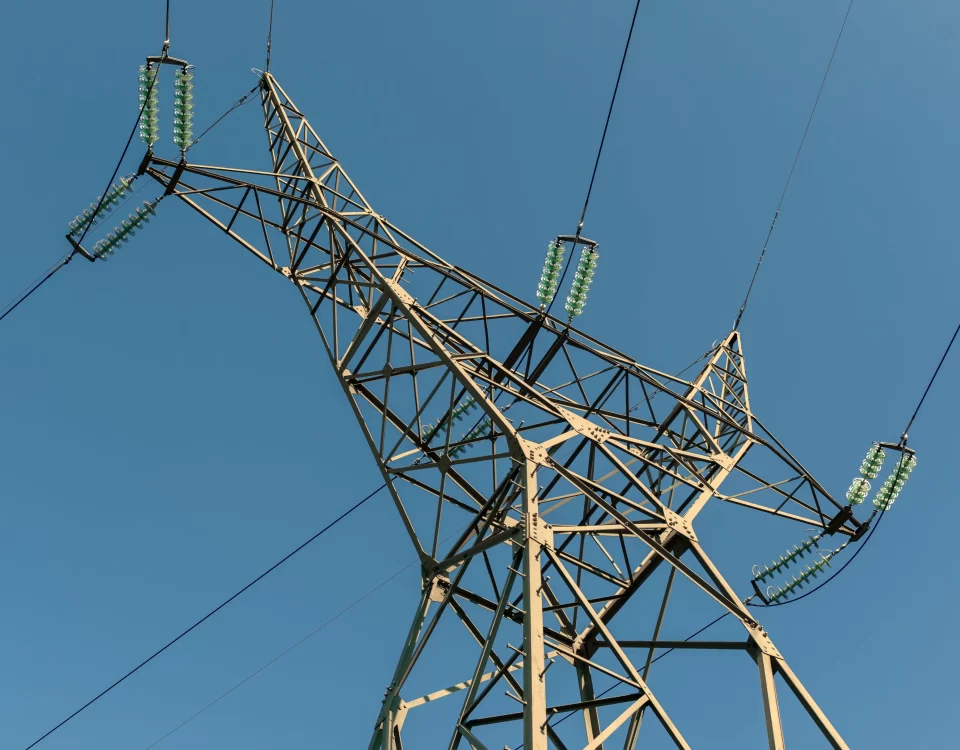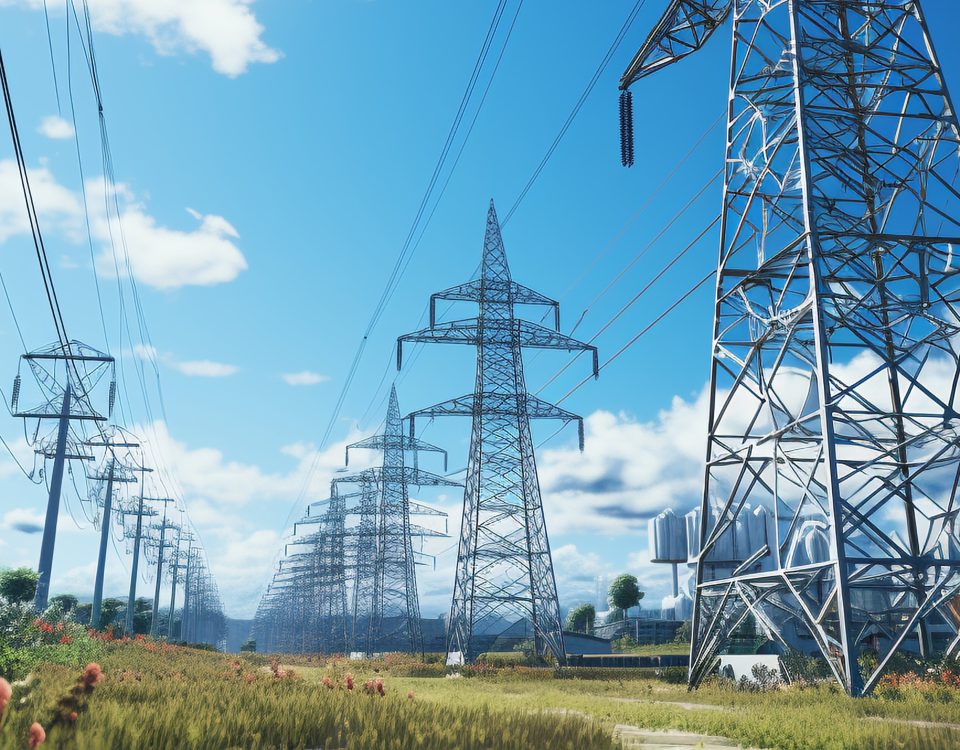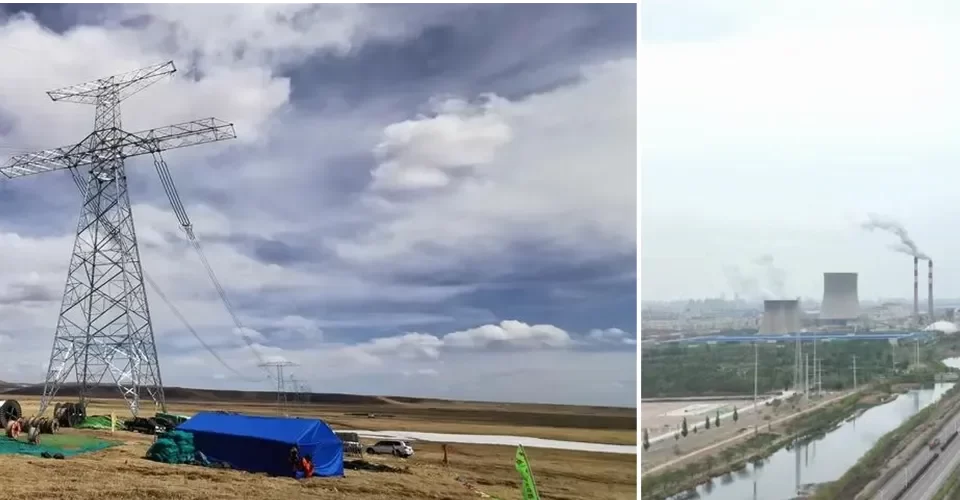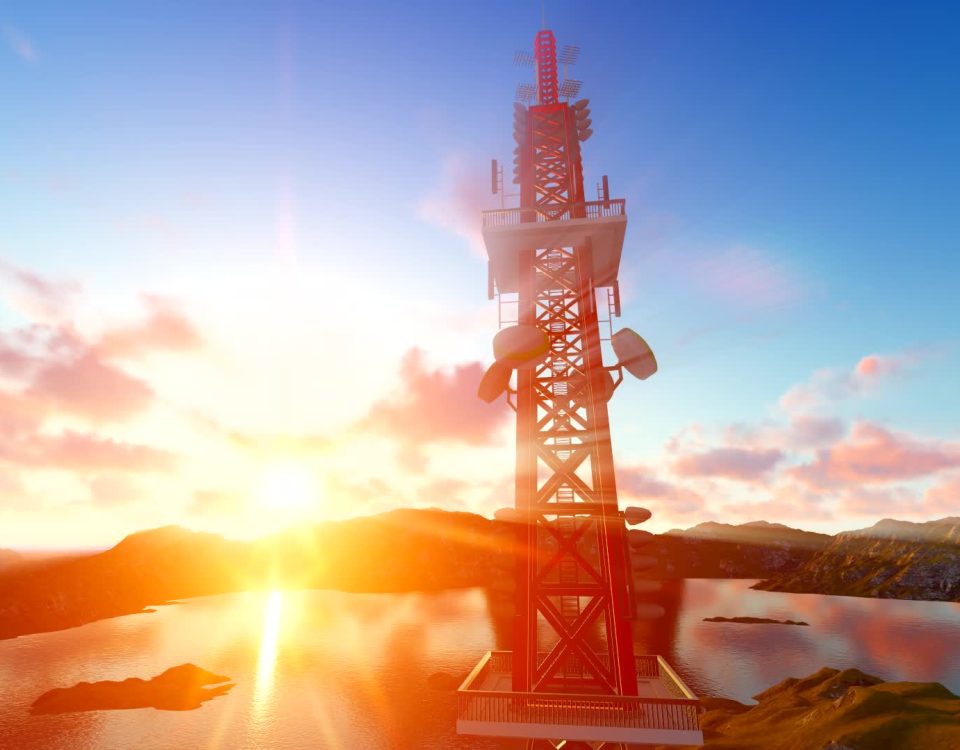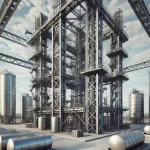
Tanks and Silos Support Tower
January 18, 2025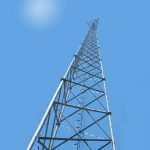
ANALYSES ON THE ULTIMATE BEARING CAPACITY OF FLANGE JOINT USED IN STEEL TUBE TOWERS
February 15, 2025Mechanical performance of typical joints of angle steeltower based on finite element analysis
1. Research background on the mechanical properties of angle steel tower nodes
As an important structure in projects such as transmission lines and communication towers, the design and mechanical properties of the angle steel towers directly affect the safety and stability of the overall structure. Angle steel tower nodes usually include three types: rigid nodes, semi-rigid nodes and articulated nodes. Different types of nodes have significant differences in stress performance, stiffness and load-bearing capacity. .
1. Rigid nodes
Rigid nodes are usually used in structures that require high stability, such as in the design of outer cylinder nodes of Guangzhou Tower, and rigid nodes are used to ensure overall and local stability. Rigid nodes can effectively transmit bending moments and shear forces, but have great constraints on deformation, so the impact of node stiffness on the overall structure needs to be considered during design.
2. Semi-rigid nodes
Semi-rigid nodes combine the advantages of rigid and articulated nodes, and have good ductility and energy consumption capabilities. For example, the semi-rigid beam-column nodes connected to the top and bottom angle steel verified their good ductility and energy-consuming performance through finite element analysis. In addition, the study of the two-web angle steel connecting the semi-rigid beam-column nodes of the top and bottom angle steel shows that adding lateral stiffening ribs can significantly improve the stiffness and bearing capacity of the nodes.
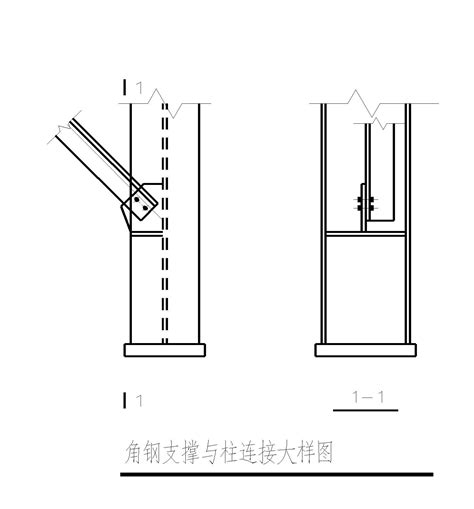
3. Articulation node
Articulated nodes are usually used in structures that require large deformation capabilities, such as in diagonal tower nodes. The articulated form allows the node to rotate freely within a certain range, thereby improving the wind resistance of the structure.
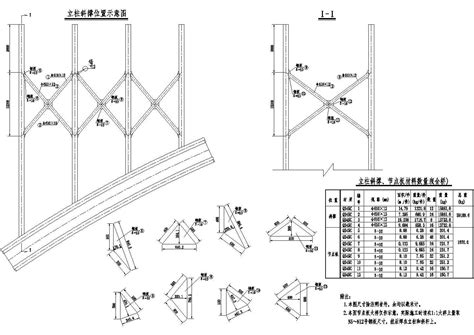
2. Application of finite element analysis in the study of mechanical properties of angle steel tower nodes
Finite element analysis (FEA) is an important tool for studying the mechanical properties of angle steel tower nodes. By simulating the actual stress conditions, the stress distribution, deformation conditions and bearing capacity of the node can be accurately predicted.
1. Nonlinear finite element analysis based on ANSYS
ANSYS software is widely used in nonlinear finite element analysis of angle steel tower nodes. For example, in the study of the joint semi-rigid beam-column nodes of the top and bottom angle steel, the stress distribution and hysteresis curve of the node were simulated through ANSYS, and compared with the experimental results were verified. In addition, the study of connecting the semi-rigid beam-column nodes with double web angle steel and top-bottom angle steel also shows that ANSYS can accurately simulate the stress performance of semi-rigid nodes.
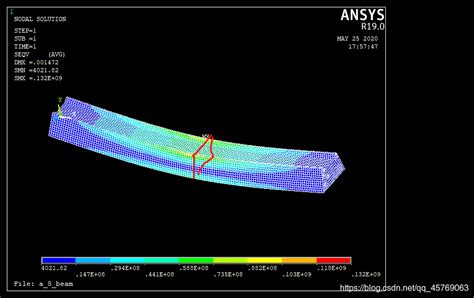
2. Effect of stiffness changes on node performance
Research shows that changes in node stiffness have a significant impact on the static performance and wind vibration response of the angle steel tower. For example, through finite element analysis, it was found that increasing node stiffness can significantly improve the wind resistance of the structure. In addition, the KSI-Chen model was used to analyze the bending moment-angle curve of the K-shaped node of the UHV transmission tower, further verifying the influence of the number of bolts on the ultimate bending moment and the initial rotational stiffness.
3. Analysis of material properties
The application of high-strength steel in angle steel tower nodes significantly improves its load-bearing capacity and ductility. For example, the plastic bearing capacity of high-strength steel nodes is at least 32% higher than that of ordinary Q345B steel . In addition, the application of Q420 high-strength steel in flexible flange connections also shows that the material has excellent fatigue resistance .
3. Analysis of mechanical properties of typical nodes
1. K-shaped node
K-shaped nodes are common node forms in transmission towers, and their mechanical properties are affected by factors such as the number of bolts, bolt spacing, and the cross-sectional dimensions of the main angle steel. Studies have shown that the more bolts, the higher the limit bending moment and initial rotational stiffness of the nodes. In addition, through finite element analysis, it was found that the cross-sectional dimension of the main angle steel has a significant impact on the node stiffness and load-bearing capacity.
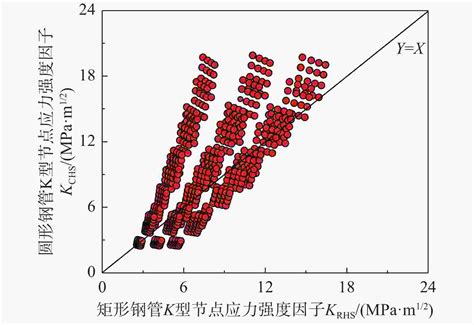
2. Semi-rigid beam and column nodes
Semi-rigid beam-column nodes are a form of connection that is widely used in transmission towers. Research shows that the semi-rigid beam and column nodes connected to the top and bottom angle steel have good ductility and energy consumption capabilities, and can effectively resist dynamic loads such as earthquakes. In addition, the study of the two-web angle steel connecting the semi-rigid beam-column nodes of the top and bottom angle steel shows that adding lateral stiffening ribs can significantly improve the stiffness and bearing capacity of the nodes.
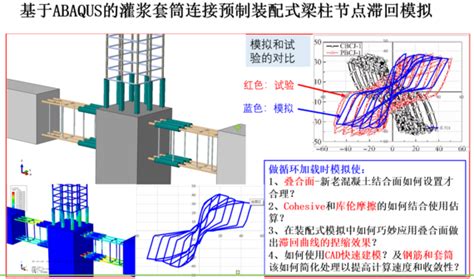
3. Articulation node
Articulated nodes are usually used in structures that require greater deformation capabilities. Research shows that the articulated form allows the node to rotate freely within a certain range, thereby improving the wind resistance of the structure. In addition, through finite element analysis, it was found that the articulated nodes exhibited good deformation capability and energy consumption performance when subjected to wind loads.
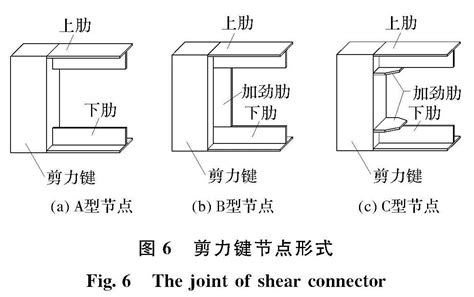
4. Conclusion and prospect
Through the study of the mechanical properties of typical nodes of angle steel towers, the following conclusions can be drawn:
- Rigid nodes are suitable for structures that require high stability, but have greater constraints on deformation;
- Semi-rigid nodes combine the advantages of rigid and articulated nodes, and have good ductility and energy consumption capabilities;
- The articulated node is suitable for structures that require large deformation capabilities and can effectively resist wind loads;
- The application of high-strength steel significantly improves the bearing capacity and ductility of the nodes;
- Finite element analysis is an important tool for studying the mechanical properties of angle steel tower nodes, and can accurately predict the stress distribution, deformation and bearing capacity of nodes.
Future research can further explore the impact of different materials and connection forms on the node performance of angle steel towers, and optimize node design in combination with actual engineering cases to improve the safety and economics of the structure.

